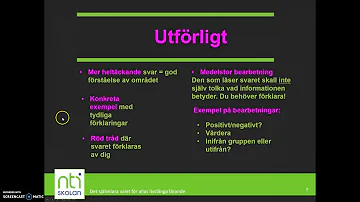What is Egyptian mummy?
Innehållsförteckning
- What is Egyptian mummy?
- Who was the first mummy in ancient Egypt?
- Why are Egyptian mummies called mummies?
- What is called mummy?
- How many types of mummies are there?
- Where is the real mummy?
- Who made first mummy?
- Do mummies smell good?
- When was the word mummy first used?
- What is mummification process?

What is Egyptian mummy?
A mummy is the body of a person (or an animal) that has been preserved after death. ... The Egyptians believed in life after death. They believed that they had to preserve their bodies so they could use them in the afterlife.
Who was the first mummy in ancient Egypt?
The earliest mummy that has been found in Egypt dated around 3000 BCE, the oldest anthropogenically modified Chinchorro mummy dates from around 5050 BCE. The oldest naturally mummified corpse recovered from the Atacama Desert is dated around 7020 BCE.
Why are Egyptian mummies called mummies?
Mummies get their name from “mumiya” an Arabic word that refers to “pissasphalt“, a natural substance that was used in Islamic medicine for generations. ... Bitumen, which looks a lot like pissasphalt, was used in the ancient Egyptian mummification process and began to be called “mumia” as well.
What is called mummy?
A mummy is a person or animal whose body has been dried or otherwise preserved after death. When people think of a mummy, they often envision the early Hollywood-era versions of human forms wrapped in layers upon layers of bandages, arms outstretched as they slowly shuffle forward.
How many types of mummies are there?
Types. Mummies are typically divided into one of two distinct categories: anthropogenic or spontaneous. Anthropogenic mummies were deliberately created by the living for any number of reasons, the most common being for religious purposes.
Where is the real mummy?
The oldest mummies in the world were discovered in Chile and were made by the Chinchorro people about 9,000 years ago! Other cultures that have made mummies include the Aztecs of Mexico, and the Incas of South America. In fact, certain cultures, like some villages in Papua New Guinea are still making mummies today!
Who made first mummy?
About 2600 BCE, during the Fourth and Fifth Dynasties, Egyptians probably began to mummify the dead intentionally. The practice continued and developed for well over 2,000 years, into the Roman Period (ca.
Do mummies smell good?
Kydd recently sniffed mummies in the basement of the University of Michigan's Kelsey Museum of Archaeology and came to this conclusion: "Mummies don't smell like decomposition, but they don't smell like Chanel No. 5 either."
When was the word mummy first used?
mummy (n. 1) late 14c., mummie, "medicinal substance prepared from mummy tissue," from Medieval Latin mumia, from Arabic mumiyah "embalmed body," from Persian mumiya "asphalt," from mum "wax." Sense of "dead human body embalmed and dried after the manner of the ancient Egyptians" is recorded in English from 1610s.
What is mummification process?
Mummification is the process of preserving the body after death by deliberately drying or embalming flesh. This typically involved removing moisture from a deceased body and using chemicals or natural preservatives, such as resin, to desiccate the flesh and organs.















